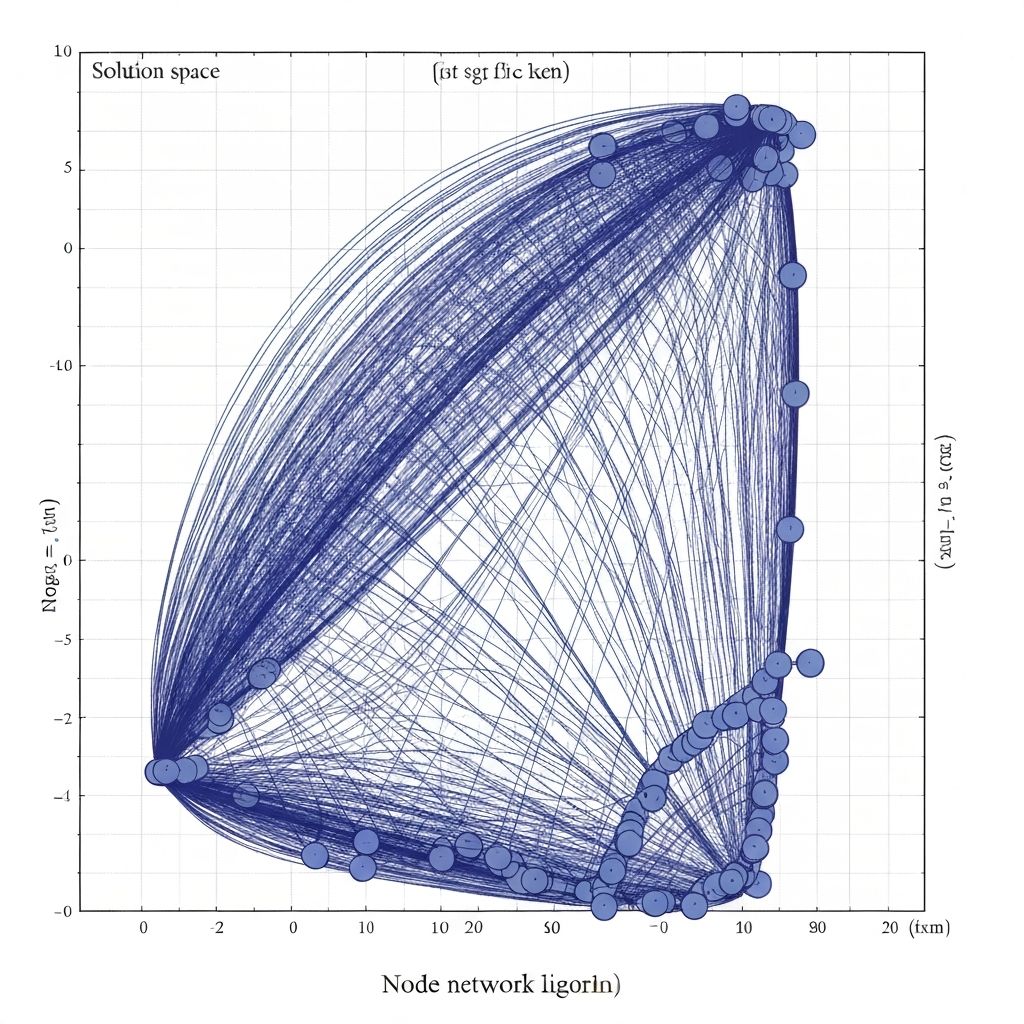
Major LNG Exporter – 1600 MSCFD Expansion
The Challenge
A major LNG exporter needed to optimize the design of a new compression and dehydration train to handle 1600 MSCFD capacity. The challenge: significant uncertainty in feedstock supply patterns and maintenance logistics, making it impossible to select the optimal configuration using traditional deterministic methods.
The Outcome
Delivered mathematical proof of 98.7% optimality across 348 feasible configurations. Identified the optimal balance between CAPEX, availability, and lifecycle cost, unlocking millions in EBITDA through superior configuration selection backed by rigorous analysis.
Our Approach
We applied formal optimization methodology to explore the entire solution space of compressor and dehydration configurations, integrating operational constraints, reliability targets, and economic variables into a unified mathematical framework.
Key Methods & Tools
Mixed-Integer Programming (MIP) Using CPLEX
Formulated the configuration selection problem as a MIP model with binary decision variables for equipment selection and continuous variables for flow rates, pressures, and economic outcomes.
AspenTech Fidelis for RAM Modeling
Built reliability, availability, and maintainability models for each configuration variant, capturing redundancy strategies, spare parts logistics, and maintenance scheduling constraints.
PDEL® Causal Integration
Integrated technical variables (compressor efficiency, dehydration performance) with financial variables (CAPEX, OPEX, NPV) through formal causal relationships, ensuring decisions traced back to business objectives.
Behind the Scenes: Proof of Depth
- •Validated model assumptions via client-approved protocol, ensuring all stakeholders agreed on boundary conditions and performance criteria
- •Integrated degradation effects and mixed-mode operations into reliability models, accounting for real-world operational complexity
- •Used external Markov configurations to represent variable flow segmentation, capturing stochastic feedstock behavior in the optimization
- •Delivered mathematical optimality proof demonstrating the selected configuration was within 1.3% of the theoretical global optimum
Business Impact
The client gained confidence to proceed with a $B+ capital investment knowing their configuration choice was mathematically optimal. The rigorous analysis eliminated the risk of "leaving money on the table" through suboptimal equipment selection, while the integrated RAM analysis ensured availability targets were achievable given realistic maintenance scenarios.
This wasn't guesswork or vendor recommendations—it was engineered certainty backed by formal methods and validated assumptions.
